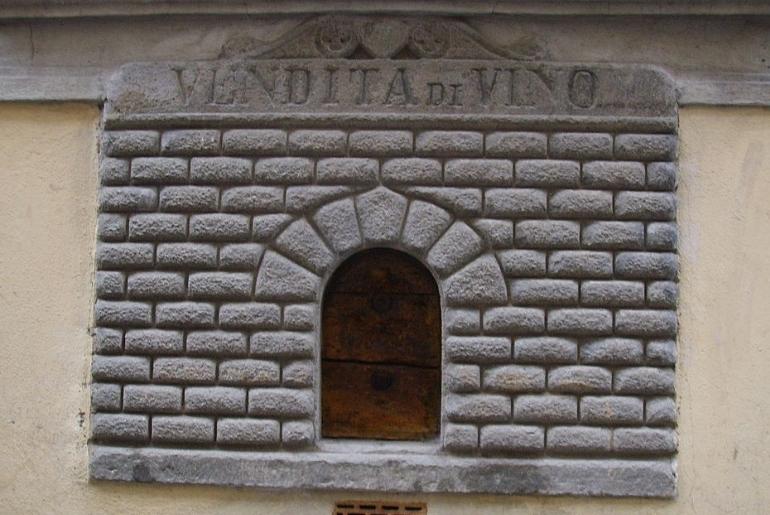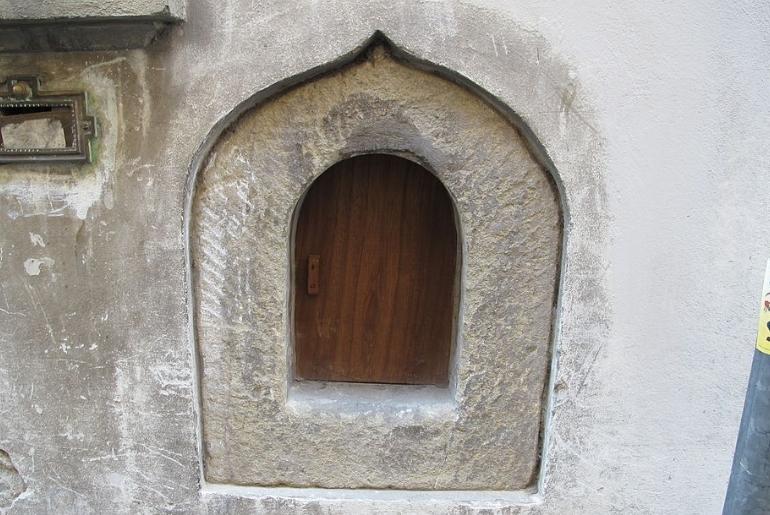Imagine strolling through the enchanting streets of Florence, Italy, where hidden within the historic walls lie secret portals to a bygone era. These inconspicuous openings, known as wine windows or “buchette del vino,” offer a fascinating glimpse into a time when innovation and survival intertwined. From plague-stricken streets to the modern fascination with history, these small architectural features tell a captivating tale of creativeness, stability, and the enduring allure of Italian culture.
The Hidden Wine Windows Of Florence’s Past

The history of wine windows dates back to the 17th century. They have gained renewed attention in recent years as a charming and nostalgic relic of the past. These windows were first introduced in Florence during the Renaissance period, but they gained prominence during times of widespread disease outbreaks, such as the bubonic plague.
These windows allowed winery owners and producers to continue selling their products to customers while minimising direct contact. During times of quarantine and social distancing, people would approach the wine windows, place their money on a stone shelf or niche, and the vendor would place a flask of wine on the shelf for the customer to retrieve.
Typically small rectangular openings, these windows are often adorned with decorative architectural elements. They are usually located at street level, allowing easy access for customers passing by. Some wine windows are accompanied by a stone shelf, serving as the exchange point for money and wine.
Their Architectural Charm Is Still An Attraction

For many years, wine windows fell into obscurity and were often bricked up or used for different purposes. However, in recent years, there has been a renewed interest in preserving this unique aspect of Florentine history. Some wine windows have been restored and are now proudly displayed by businesses. They act as a reminder of the city’s past and the resilience of its residents.
While the original purpose of wine windows was utilitarian, today they hold a mix of historical significance and cultural charm. Some wine windows have been repurposed into gelato stands, takeaway food counters, and even ticket booths. They provide an opportunity for businesses to connect with the city’s rich history. They also offer visitors a glimpse into a bygone era. These windows have become a point of interest for tourists and locals alike.
These windows continue to capture the imagination of visitors and add an extra layer of character to the city’s architectural landscape.
Cover Image Courtesy: Canva
First Published: August 28, 2023 7:17 PM



